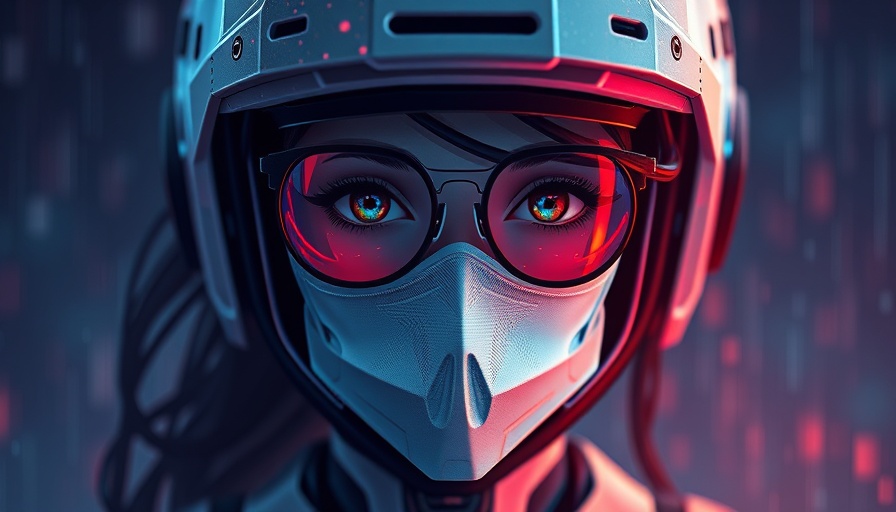
Understanding AI Detection in College Settings
The emergence of artificial intelligence (AI) tools has not only transformed the way students study but has also sparked concerns among educators about academic integrity. With institutions spending substantial amounts on AI detection technologies to catch plagiarism and content generated by AI, students may wonder if these measures are truly necessary or effective. This article delves into the ongoing dilemma faced by colleges as they balance academic integrity and the swift advances in AI technology.
The Impacts of AI on Writing
AI has made it easier for students to generate content quickly, often blurring the lines between original work and AI-generated texts. While AI writing assistants can help students formulate ideas and structure their essays, they may also lead to culprits of academic dishonesty. Many colleges have adopted AI detection tools, hoping to safeguard against takeover by automated content providers. However, these efforts raise important questions: Are the investments in these technologies yielding genuine reliability? And how are students feeling about their creative expressions under such scrutiny?
Statistics on Plagiarism and AI
A staggering percentage of students admit to having used AI tools for completing assignments, highlighting the need for schools to reevaluate their educational frameworks. According to recent studies, over 40% of students use AI for at least some aspect of their writing. With such numbers, institutions are justifying their investment in expensive detection systems. Nevertheless, these tools are not flawless. Their efficacy can vary dramatically, leading to false positives that may wrongly accuse innocent students of plagiarism.
Counterarguments: The Case for AI Utilization
On the flip side, criticism has arisen around the harsh approach to AI-written submissions. Detractors argue that depending solely on AI detection tools can create an adversarial atmosphere for students—one that might stifle creativity. After all, resourceful students have always looked for shortcuts. Many educational innovators suggest that instead of punitive measures, schools could benefit more from guiding students on how to use AI responsibly and creatively rather than solely policing their activities.
A Future of Collaborative Learning
Experts predict that a partnership between educators and AI tools may yield better educational outcomes. With future advancements, technology could serve as a collaborative partner in learning rather than an enemy to traditional academia. This shift could empower students to leverage AI for enhanced research and writing skills. The emphasis could move towards cultivating critical thinking, creativity, and ethical use rather than purely monitoring adherence to rules.
Helpful Tips for Students
For students concerned about AI detection, it’s important to understand how to use AI to augment your writing without crossing boundaries into academic dishonesty. Here are a few tips:
- Paraphrase Effectively: Use AI tools to help you brainstorm but ensure you express your ideas in your own voice.
- Understand the Guidelines: Familiarize yourself with your school's policies on AI and plagiarism.
- Seek Help: If in doubt, don't hesitate to ask your teachers for guidance. They may have insights on how to use technology ethically while adhering to academic standards.
Your Voice Matters!
As students navigate this ever-changing landscape, it’s clear that the relationship between AI and education needs an open dialogue. Feel empowered to express your thoughts on how educational institutions should handle AI detection and plagiarism. Moreover, if you want to bypass any AI detector with ease, check out Prompt2Human.
 Add Row
Add Row  Add
Add 




Write A Comment